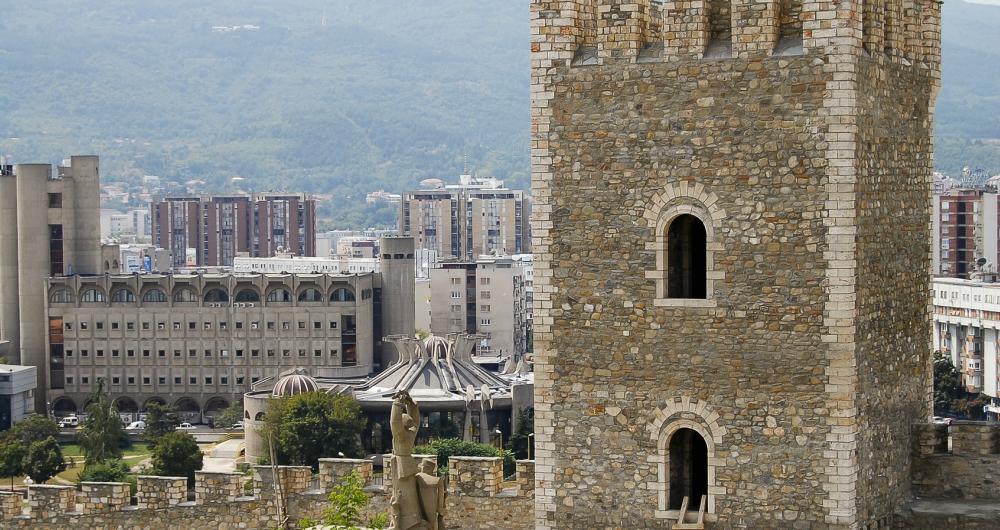In This Article
Seeking ancient cities, mountain lakes, and rich Balkan culture? Head to North Macedonia! Tucked in the heart of the Balkans, North Macedonia offers a mix of Eastern and Western influences, Orthodox monasteries, Ottoman bazaars, and scenic landscapes. Whether you’re exploring lakeside towns or capital city squares, this underrated gem welcomes adventurers, history buffs, and food lovers.
North Macedonia Highlights:
- For Nature Lovers: Relax by Lake Ohrid – A UNESCO World Heritage site known for crystal-clear waters, Byzantine churches, and lakeside cafés.
- For History Buffs: Explore Skopje Fortress and Old Bazaar – Discover Ottoman and medieval heritage in the capital’s historical core.
- For Adventure Seekers: Hike in Mavrovo National Park – Stunning mountain trails, alpine lakes, and opportunities for skiing in winter.
- For Cultural Travelers: Visit the Monastery of Saint Naum – A serene lakeside retreat with stunning views, religious frescoes, and peacocks.
- For Photographers: Wander through Kratovo – A charming mountain town filled with stone bridges, towers, and hidden alleys.
Best Time to Visit North Macedonia
The best time to visit is from May to September for hiking, sightseeing, and lake activities. Spring and fall are ideal for mild weather and colorful landscapes, while winter is great for skiing in resorts like Mavrovo and Popova Shapka.
How to Get to North Macedonia
- By Plane: Skopje International Airport (SKP) and Ohrid Airport (OHD) serve European destinations via budget and national airlines.
- By Train: International trains connect from Serbia and Kosovo, though schedules can be limited.
- By Car/Bus: Well-connected roadways and reliable buses run from Greece, Albania, Bulgaria, and other Balkan neighbors.
Where to Stay in North Macedonia
- Recommended for Families: Hotel Aleksandrija (Ohrid) – Charming hotel on the lakeside promenade, close to restaurants and boat tours.
- For Couples: Bushi Resort & Spa (Skopje) – Elegant hotel in the Old Bazaar with a spa and panoramic terrace views.
- For Nature Retreats: Hotel Radika (Mavrovo) – Mountain lodge with lake views, cozy rooms, and access to ski and hiking trails.
Best Things to Do in North Macedonia
1. Ohrid Lake
Enjoy romantic lakeside views and explore crystal-clear waters with historic charm.
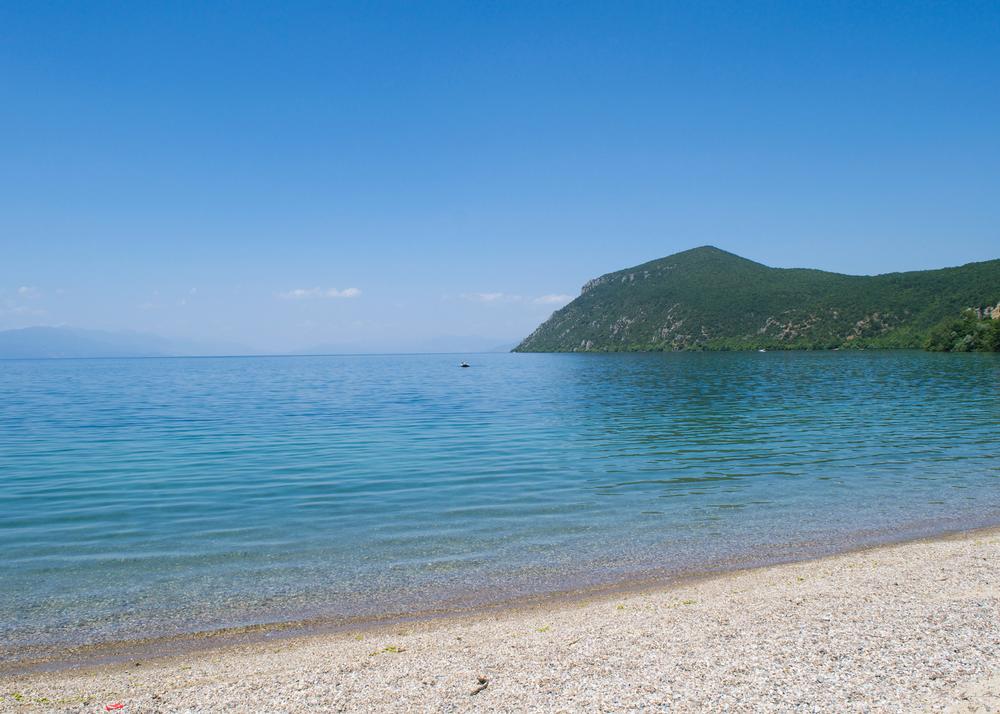
© Courtesy of David Johnston - Fotolia.com
Lake Ohrid sits in the mountains on the border between Macedonia and Albania. It is one of the oldest and deepest lakes in all of Europe. The lake has a unique ecosystem and is home to more than 200 species found nowhere else, and was declared a UNESCO World Heritage Site due to its importance to humanity. The Macedonian towns of Ohrid and Struga sit on the lakeshore. Visitors come to enjoy the lakefront and the water as well as the surroundings. Taking a boat ride on the lake itself is a popular activity. Many beautiful churches and monasteries, an ancient theater, and more are popular attractions around the lake. Others come to shop for famous Lake Ohrid pearls, which are known to be especially bright and shiny.
2. Ancient Theater
Discover exciting Roman ruins and admire scenic views from historic stone seats.

© Courtesy of Wallpaper - Fotolia.com
The Ancient Theater of Ohrid is a Hellenistic theater that was constructed in 200 BC. It is the only theater in Macedonia dating from Hellenistic times. Only the lower section has survived until today so it is unclear how large it once was. It was sited between two hills, which naturally make the acoustics very good. During Roman times, the theater was used for gladiator fights and became a site where Christians were frequently executed by the Romans. The site fell into disuse after the fall of the Roman empire and was eventually buried. It was re-discovered in the 1980s and since then has been used for public performances such as theater, dance performances, and concerts.
3. Bay of Bones
Explore unusual stilt village reconstructions and learn about prehistoric lake life.

© Courtesy of Gryf - Fotolia.com
While you are in Ohrid to see the ancient theater, you should make time to check out another of its cultural and historic landmarks – the Bay of Bones. The bay features a “Museum on Water,” which is an exceptional example of architecture. The original structures have long disappeared, but the site features an authentic reconstruction of part of the original pile-dwelling settlement, which has been dated to somewhere between 1200 and 700 BC. A Roman military fortification stands on the hill above the bay, which was also reconstructed as part of the project. The two sites combine to give visitors and tourists a good look into the ancient history in this region.
What to do if you are traveling with kids:
4. Cave Peshna
Visit exciting natural wonders and walk into one of the Balkans’ largest caves.
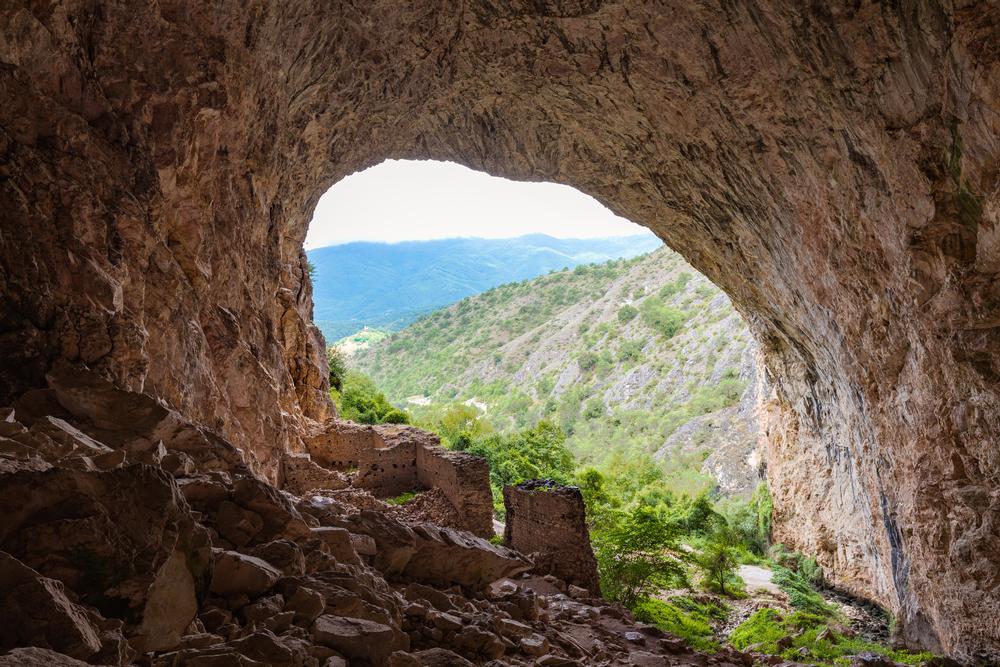
© Courtesy of thdk - Fotolia.com
This cave is not very well known even among locals but has the distinction of having the largest cave entrance in all of the Balkans. It is a significant site of natural beauty and remains far off the beaten path for most tourists. There is a fortress at the entrance dating to the Middle Ages. The fortress ruins are somewhat connected historically to Deva’s Fortress, which is located nearby. Locals say that the two fortresses were home to the sisters of King Marko. There is parking near the cave entrance and a well-maintained trail leads up to the entrance of the cave. The cave is quite large and trekking through it in daylight is quite easy, even with children.
5. Contemporary Art Museum of Macedonia
Admire affordable modern art and explore works from Macedonian and international artists.
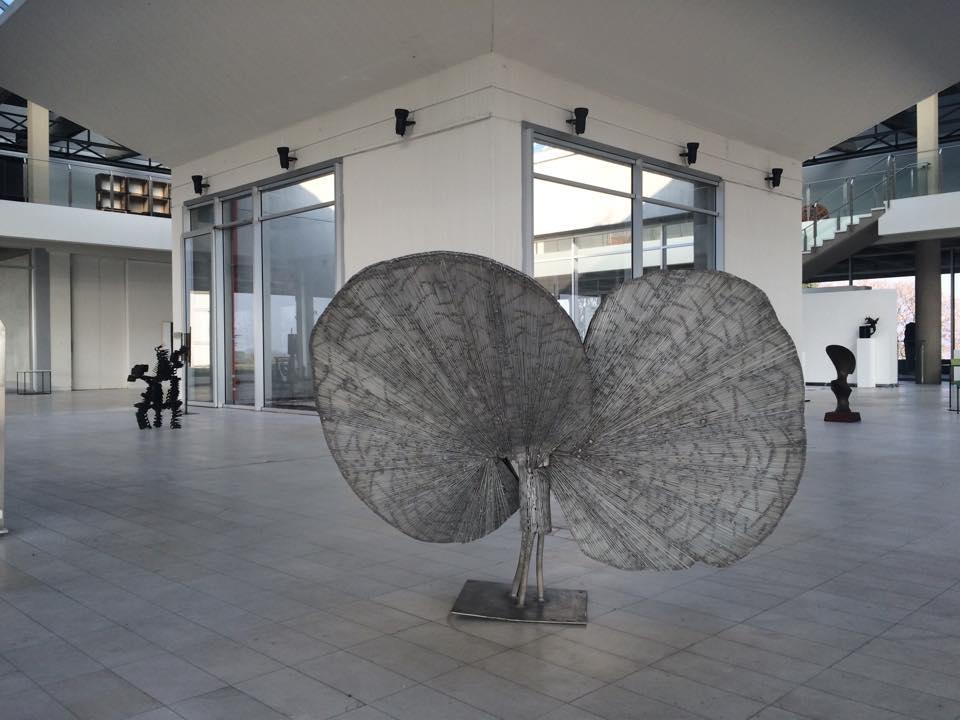
© Contemporary Art Museum of Macedonia
The Contemporary Art Museum of Macedonia is one of the largest and most complete national institutions in Macedonia. It is located in the country’s capital city of Skopje. The museum holdings include two main collections: art from Macedonia and International art. The international collection contains pieces from almost all regions of the world and has a special focus on the decades from 1950-1980 but it also has several significantly older pieces. Some of the most famous artists with works in the museum include Pablo Picasso, Alberto Burri, Zoltan Kemeny, Emilio Vedova, and Hans Hartung, among others. The museum building is particularly interesting as it is modeled after a medieval fortress and placed on a hill with a panoramic view of the capital city.
If you are a photographer, don't miss:
6. Dojran Lake
Relax on family-friendly shores and enjoy peaceful fishing spots with mountain backdrops.
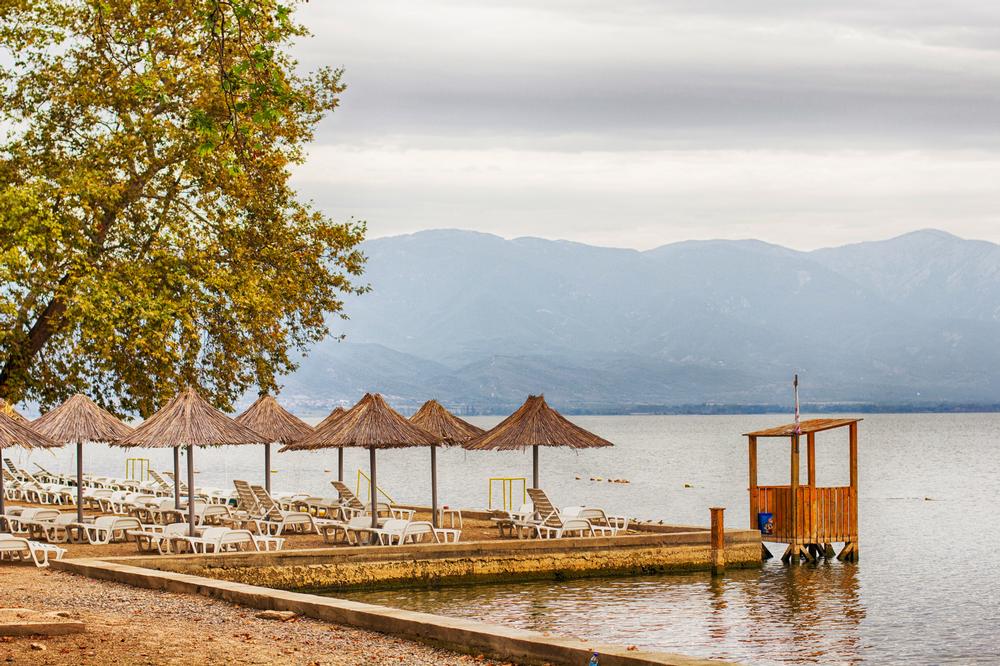
© Courtesy of mitarart - Fotolia.com
There are three large, natural lakes in the country and Lake Dojran is the smallest of the three. The lake sits on the border of southeastern Macedonia with Greece and is a popular tourist attraction. There are many interesting and unique folklore stories associated with the lake. During your visit, be sure to ask locals about the stories as they are quite intriguing. There is also a unique way of fishing that can only be seen at Dojran Lake, where local fishermen use cormorant birds to herd fish into their traps. The mud from the lake is also said to be quite good for your skin, which may be something else you want to try during your visit.
Activities and Attractions for Couples and Singles:
7. Skopje Fortress
Walk along historic walls and discover panoramic city views from above.
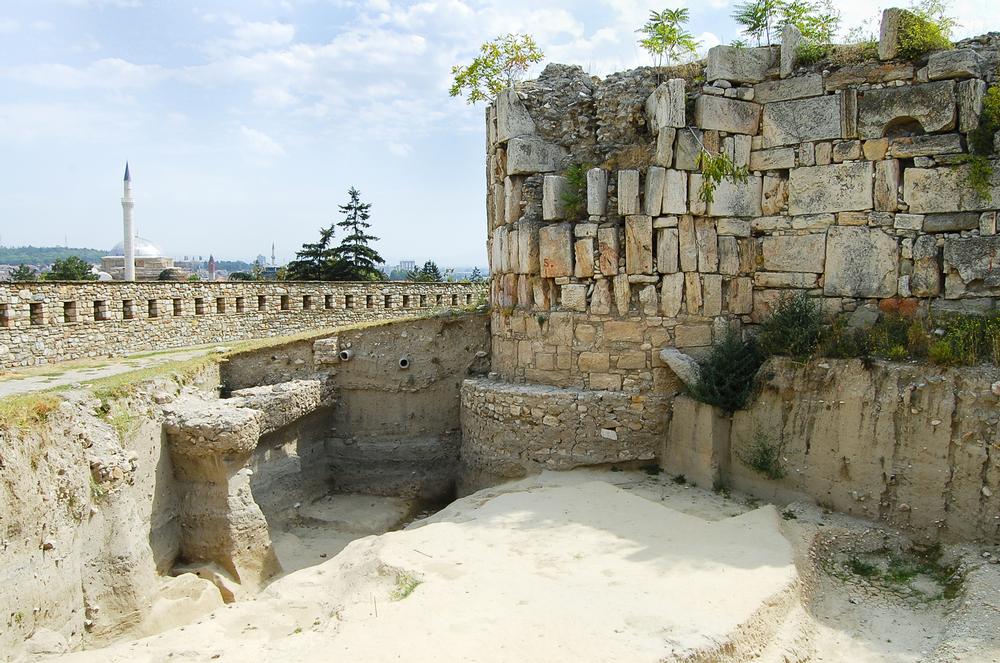
© Courtesy of Adwo - Fotolia.com
Known by many locals as the Kale Fortress, the Skopje Fortress sits on the highest point in the capital city above the Vardar River. The fortress has become an iconic symbol of Skopje and is recognized throughout the world. Surprisingly little is known about the impressive structure, as it appears in just a few documents with little detail. It is thought that a fortress was first constructed on the site in the mid-6th century and was reconstructed under Emperor Justinian I and further during the 10th and 11th centuries. The fortress is sometimes closed to visitors for archeological activities so it would be advisable to check that it is open before planning a visit.
8. Heraclea Lyncestis
Explore ancient mosaics and visit ruins of a Roman city rich in history.
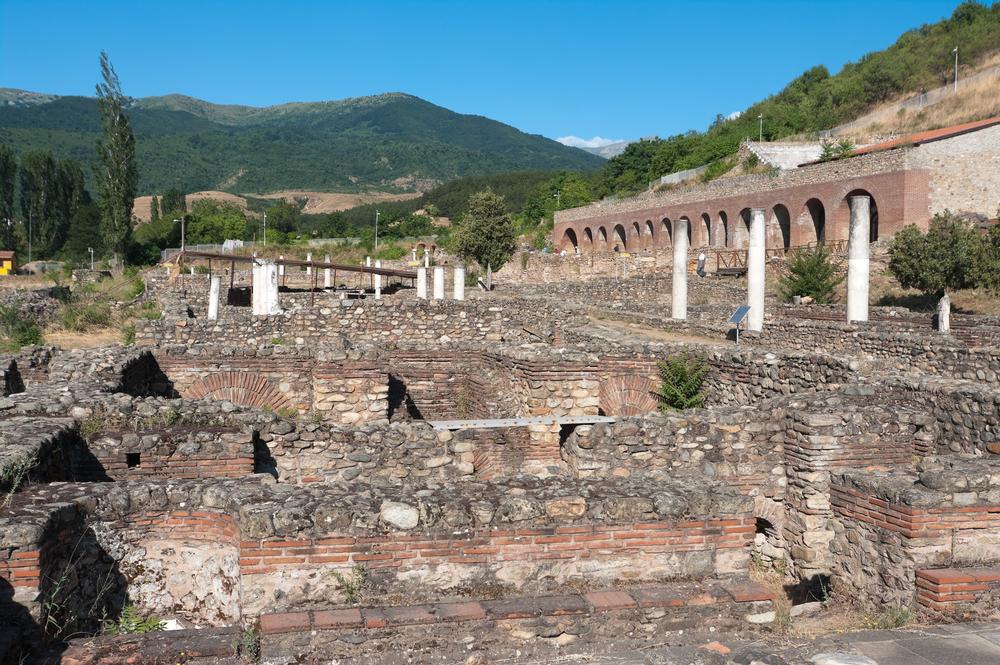
© Courtesy of ollirg - Fotolia.com
In order to really experience ancient Macedonia, you must make a trip to Heraclea Lyncestis, an ancient Macedonian city that once sat 2 kilometers south of the modern town of Bitola. It was a significant town during the Hellenistic period as it was sited at a crossroads and the border of the empire. Today, it is the most well-preserved city surviving from the ancient Macedonian Empire. Visitors come here to see the impressive mosaics, Roman baths, and Roman-era ancient theater. There is a small museum on site, which features some artifacts that have been recovered from the ancient city as well as a detailed scale model of what the impressive ancient city used to look like.
9. Kokino Observatory
Discover unusual megalithic stones and explore one of the world’s oldest observatories.

© Courtesy of Aleksandar Vasilevsk - Fotolia.com
The Kokino Observatory is a significant archeological site from the Bronze Age, located near the Serbian border near the town of Kamanovo. The ruins were discovered just recently, in 2001, and feature giant stones arranged in interesting and intriguing patterns. Kokino is thought to have had functioned as both a ritual and a scientific site. It is placed at 3,300 feet above sea level and features two platforms in the center, with rock arrangements and carvings that denote astrological events. Information about the changes in seasons were communicated from the observatory to people in the surrounding areas by the use of a large fire that could be seen from miles around. The observatory is the fourth oldest in the world following Abu Simbel, Stonehenge, and Angkor Wat.
10. Illustrated map of Macedonia
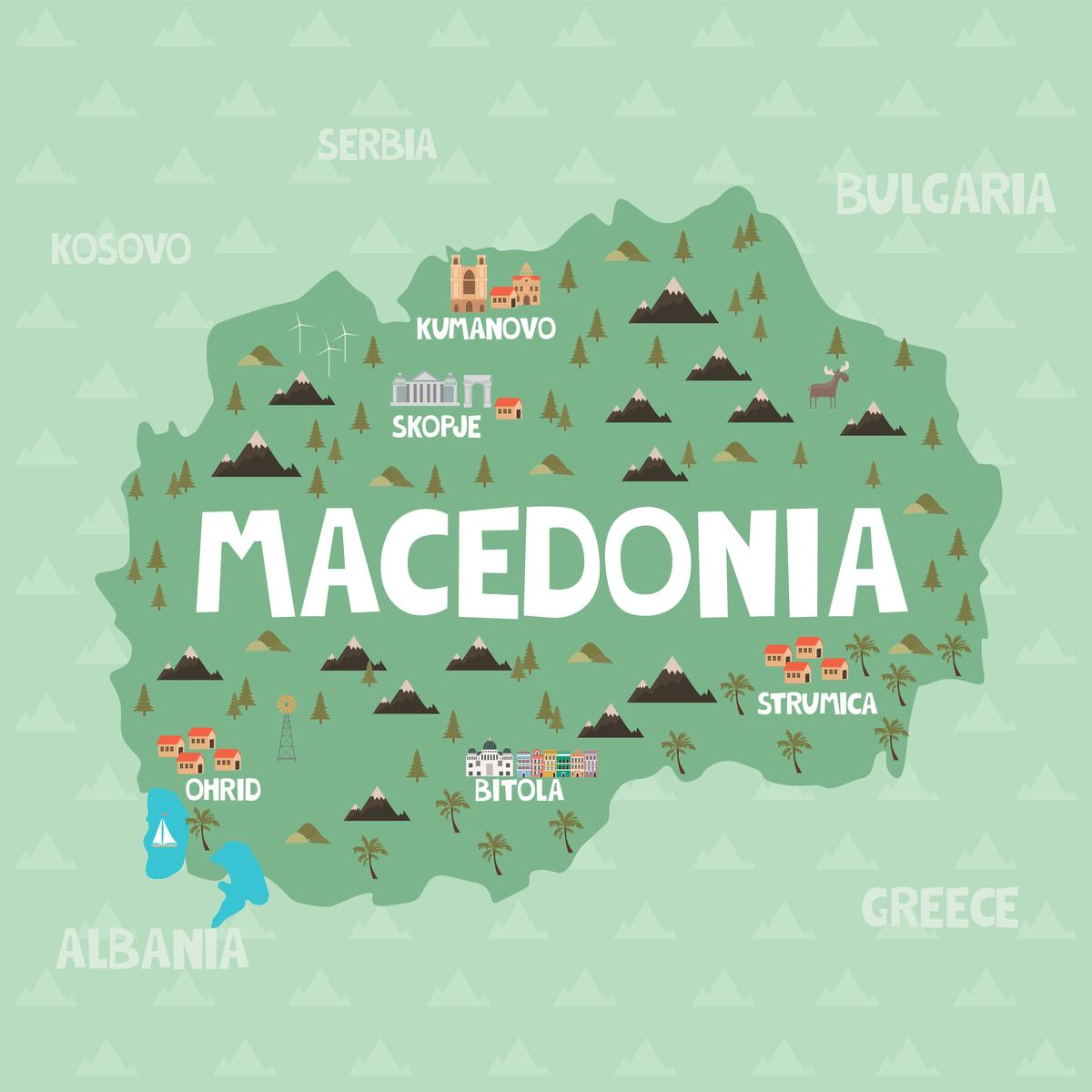
© miobuono/stock.adobe.com
Discover more cities, towns and landmarks to visit on vacation.
Where to Eat in North Macedonia
- Recommended for Families: Kaneo Restaurant (Ohrid) – Lakeside dining with fresh trout and stunning sunset views.
- For Traditional Cuisine: Destan (Skopje) – Known for Cevapi (grilled sausages) and local grilled meats in the Old Bazaar.
- For a Casual Meal: Dr. Falafel (Skopje) – Affordable vegetarian-friendly street food popular with travelers and locals.
If you are interested in local events:
- For Music Fans: Ohrid Summer Festival (July–August) – Classical concerts, theater, and dance in a scenic lakeside setting.
- For Culture Lovers: Skopje Jazz Festival (October) – International jazz artists perform in venues across the capital.
- For Orthodox Celebrations: Epiphany (January 19) – Watch the traditional cross-retrieval dive in rivers and lakes across the country.
Day Trip Itineraries Within 30–90 Minutes of Skopje or Ohrid:
- For Nature Lovers: Matka Canyon (30 min from Skopje) – Kayak, hike, or visit the Vrelo Cave in a dramatic river gorge.
- For Monasteries: Saint Joakim Osogovski (90 min from Skopje) – Peaceful Orthodox monastery surrounded by forested hills.
- For Archaeology: Heraclea Lyncestis (15 min from Bitola) – Explore ancient Roman mosaics, baths, and a theater.
- For Wine Fans: Tikveš Wine Region (60–90 min) – Tour local wineries in North Macedonia’s premier wine valley near Kavadarci.
- For Village Charm: Vevcani (30–40 min from Ohrid) – Visit a picturesque village with mountain springs and quirky traditions.
Frequently Asked Questions:
-
Where is Macedonia located?
- Macedonia is a small Balkan country bordered by Serbia, Kosovo, Bulgaria, Albania, and Greece.
-
Is Macedonia a popular tourist destination?
- The country is still off the beaten path for most tourists, making it a hidden gem for travelers looking for authentic experiences.
-
What kind of natural beauty does Macedonia offer?
- Macedonia boasts incredible natural beauty with mountains, rivers, and lakes offering stunning views and memorable experiences.
-
What is unique about Macedonia’s countryside?
- The countryside is dotted with villages that seem to have changed little since medieval times, offering visitors a glimpse into the past.
-
What historical sites can visitors explore in Macedonia?
- There are many interesting pre-historical ruins and more modern historic architecture that will leave visitors intrigued and enthralled by the history and culture of this small nation.
How did I do?
Is the article too broad, too narrow, or just right ? Do you like the presentation of photos and text? Let me know in the comments! If you want to see more in this location, I can put it on my editorial calendar. I'm listening!
Plan Your Trip


